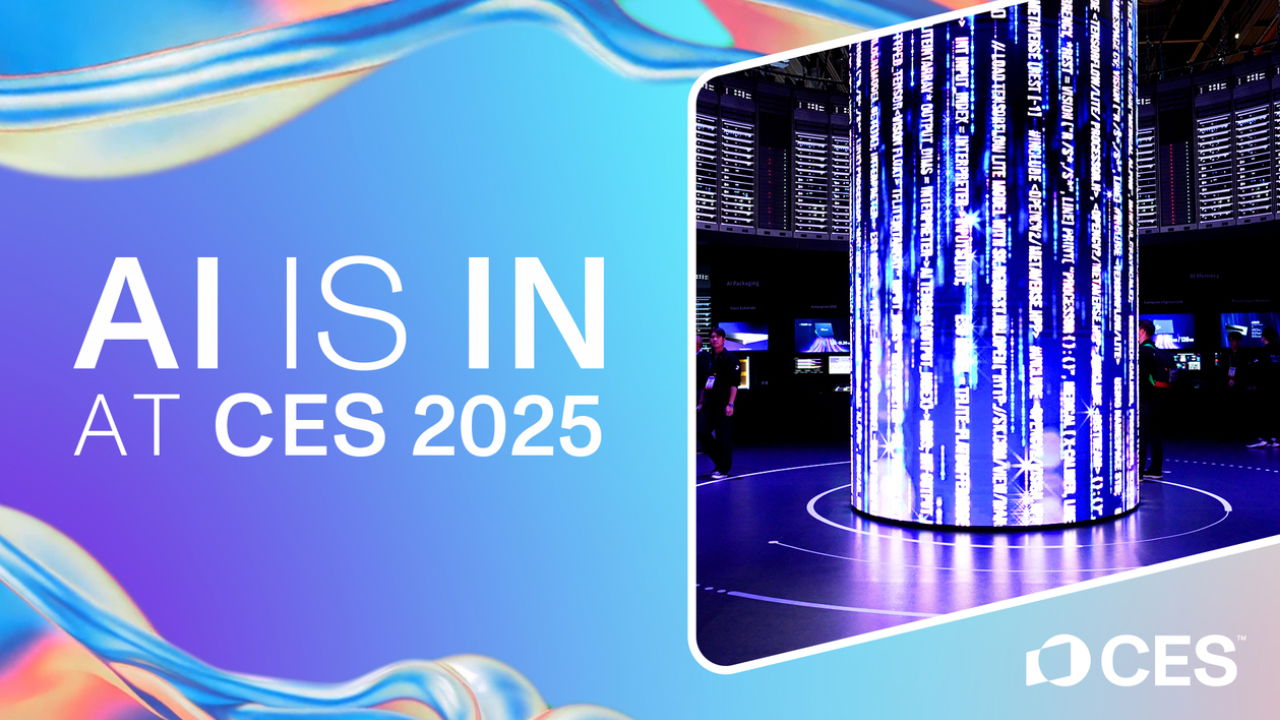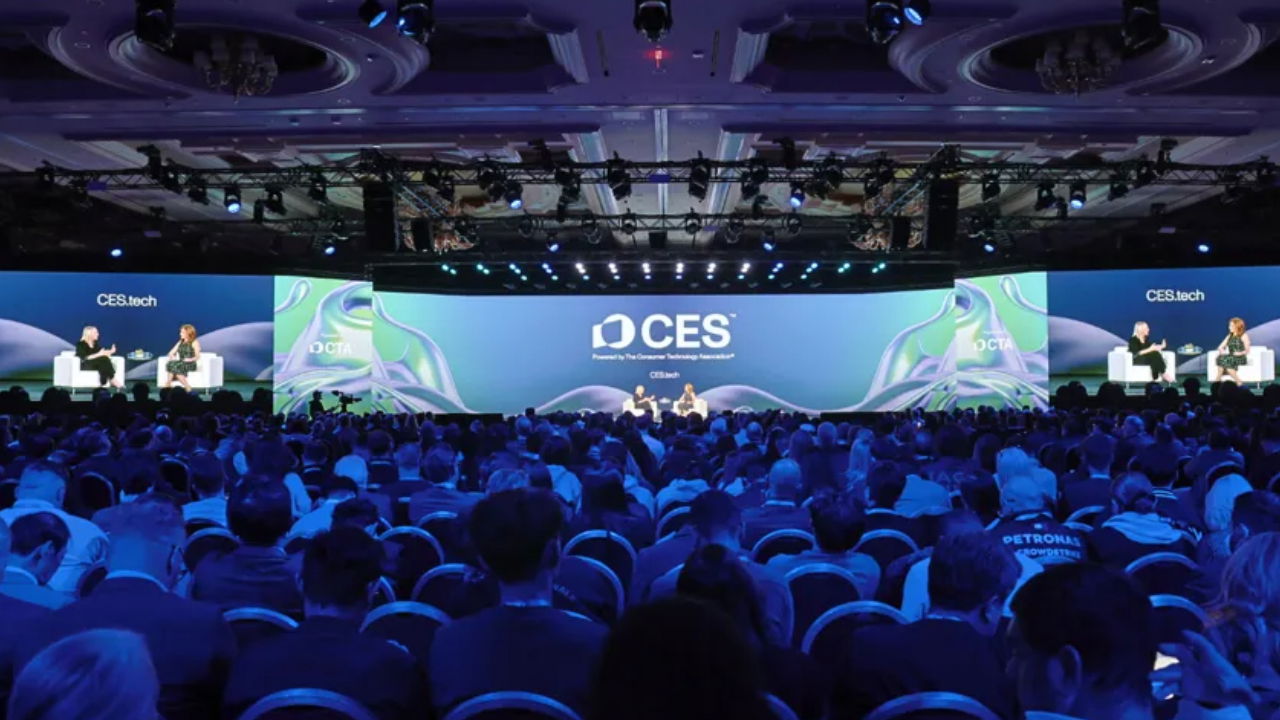CES 2025 just took place in January. This annual event is when companies showcase their latest technological innovations. And now, this is where the latest AI and GPU computing software is on display. There’s a lot to like about the future of this area as there are huge leaps and bounds being taken. So, what were some of the key takeaways and innovations from CES 2025? Let’s take a look.
Supercomputers of the future
With AI increasingly used as a tool within the industry, there is increasing pressure for businesses to operate the heavier workloads AI models require. This means moving away from the cloud again and the utilization of chips that are able to handle AI complexities. Additionally, a reduction in the latency of AI products and tools is a must, which really means that the hardware of computers needs to be better. A lot better.
With renewed competition between chipmakers, there are some very interesting prospects on the horizon. AMD and Qualcomm have both announced AI-focused processors. But its industry leader, NVIDIA, is still in the dominant position. And with this position, the company has just announced the released of Project DIGITS, a personal AI supercomputer. Importantly, this supercomputer marks a noticeable shift in stakeholders, with the computer actually aimed at consumers.
AI GPUs for the every man
This move is going to make AI tools and software so much more accessible to the masses, not just for major companies. NVIDIA’s GeForce RTX 50 series is paving the way to allow everyone the hardware to run major AI programs and tools. Impressively, the Blackwell architecture used in this device can handle more than 3000 trillion AI operations each second. Gaming performance is also being increased within the latest GPUs, with many incorporating DLSS 4, which uses AI for improved gaming performance.
For gamers everywhere, this is a major step forward. The improved AI processing means that more complex games that require high rendering capabilities and minimal lag are ably catered to. Many games, such as the Aviator betting game, use Image AI and GenAI, which help to improve the overall player experience. Coupling this with better AI processing power is, subsequently, only a good thing.
With this essential step forward, graphics are seeing a major breakthrough. Better still, as this is for everyone, content creators can get on board and begin creating new and exciting content. There are going to be more variations on this GPU in the coming months, too. Different desktops and models are going to be arriving in the very near future. Alongside this are a ton of additional software and packages designed to improve everything about digital graphics, lighting and texturing within the industry.
Other companies are also getting into the gaming sector. Razer has a number of innovations, too, such as the Razer Blade 16, which is the thinnest gaming laptop coupled with advanced technology. More impressively, this is coupled with their unveiled Project Arielle gaming chair, which has temperature control and an AI assistant with real-time game strategy optimization.

Enterprise workflows
Of course, major companies are not being overlooked here, either. Partnering with LangChain and CrewAI has seen Nvidia begin its launch of AI Blueprints specifically for enterprises. This integrates with Nvidia’s AI Enterprise software so that there is customized AI development. AI agents can actually be built for specific tasks by each company using this software. As such, businesses are able to get more streamlined, efficient services that meet their own and their customer’s needs. Importantly, all this is shifting from perception AI to the more important physical AI Systems. The latter are able to use physical AI systems which can reason, process and plan.
HP is also making huge headway in the business market. At CES 2025, HP showcased their latest innovation, the HP EliteBook Ultra G1i. This is an immersive AI business notebook. Small and compact, this impressive computer offers supremely fast decision-making capabilities with excellent AI collaboration. The faster AI performance is made possible by the NPU performance and two Intel Core processors. With extra speed, the computer is designed to make essential tasks so much faster.
Across all sectors, the future of computing with AI-powered GPUs is looking bright. Smart home and consumer electronics are readily available. Digital health devices and AI-powered skincare mirrors are taking health and beauty further than ever before. These are just a few notable highlights from CES 2025.



